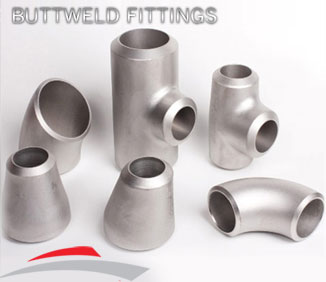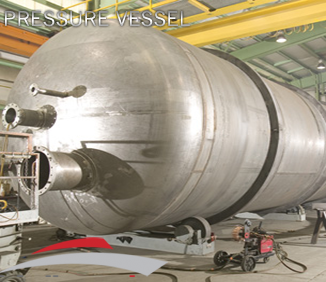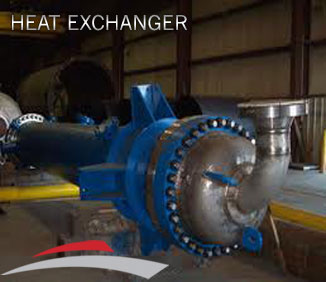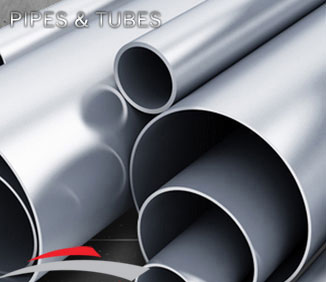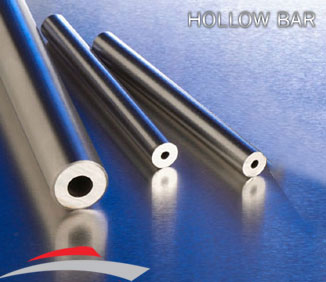Stainless steel plate is often referred to as "corrosion-resistant steel" – it does not stain, corrode or rust as easily as normal carbon steel. It would however be misleading to say it is corrosion-proof. It differs significantly from standard carbon steel due to the amount of chromium present, which limits surface corrosion unlike carbon steel which will rust when exposed to air and any moisture in the atmosphere. Due to its anti-oxidation qualities, stainless steel is often a popular solution.
Where low maintenance and corrosion resistance is required, stainless steel plates are a natural choice and are used in a diverse range of applications from modern architecture for cladding or fascias, to the food hygiene industry due to its anti-bacterial qualities. Hallmark Metallica, supplies stainless steel in a wide variety of grades and aesthetic finishes. There are many options available - for example adding carbon during the forming process will make the stainless steel more durable and stronger too. We can supply stainless steel in coils, sheets, plates and bars and ship the material worldwide
THE FOLLOWING GRADES WE SERVE IN STAINLESS STEEL PLATES
304 Stainless Steel Plates:
The most widely used of the stainless and heat resisting steels, 304 offers good corrosion resistance to many chemical corrodents as well as industrial atmospheres. 304 has very good formability and can be readily welded by all common methods |
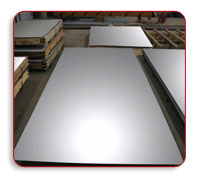 |
304L Stainless Steel Plates:
304L stainless steel plate is a variation of the basic 18-8 grade, Type 302, with higher chromium and lower carbon content. The lower carbon minimizes chromium carbide precipitation due to welding and it’s susceptibility to intergranular corrosion. Some industries that specify stainless steel flooring include manyfood and beverage applications, education, aerospace, water and wastewater, as well as recreation applications. |
 |
316 Stainless Steel Plates:
316 is non-magnetic in the annealed condition and not hardenable by heat treatment. 316 is more resistant to atmospheric and general corrosive conditions than any of the other standard stainless steels. The addition of molybdenum provides an extra measure of corrosion resistance making this grade suitable for applications involving severe corrosive conditions such as use in the chemical industries and marine atmospheres. This grade of stainless may become slightly magnetic when cold worked. 316 plate can be cut into shapes or rings on Speedy Metals High Definition Plasma cutter. |
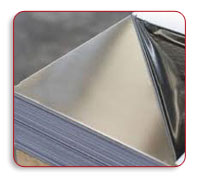 |
316L Stainless Steel Plates :
Type 316L is a variant of Type 316 and differs by having a lower Carbon content as well as slightly lower yield and tensile strengths. Type 316L offers improved weldability and also reduces the possibility of lower corrosion resistance around welded areas. |
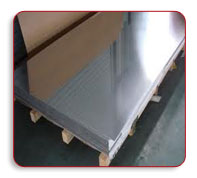 |
321 Stainless Steel Plates:
Type 321 is a standard austenitic 18/8 chromium nickel alloy with the addition of Titanium making it an excellent choice in elevated temperature environments.Used in particular applications within 450-850 degrees centigrade, 321 combines high strength with resistance to scaling and phase stability |
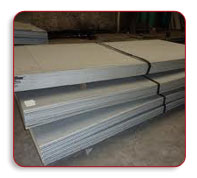 |
309 Stainless Steel Plates
Stainless 309 offers a better corrosion resistance than the type 304 because of higher percentages of nickel and chromium. This alloy has been used for furnace parts, high temperature containers, weld wire, and fire box sheets. |
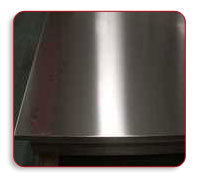 |
310 Stainless Steel Plates:
Stainless steel 310/310S is an austenitic heat resistant alloy with excellent resistance to oxidation under mildly cyclic conditions through 2000ºF. Its high chromium and nickel contents provide comparable corrosion resistance, superior resistance to oxidation and the retention of a larger fraction of room temperature strength than the common austenitic alloys like Type 304. |
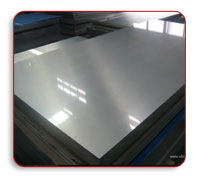 |
317L Stainless Steel Plates:
317L is a molybdenum bearing, low carbon content "L" grade austenitic stainless steel that provides improved corrosion resistance over 304L and 316L stainless steels. The low carbon provides resistance to sensitization during welding and other thermal processes.
317L is non-magnetic in the annealed condition but may become slightly magnetic as a result of welding.
|
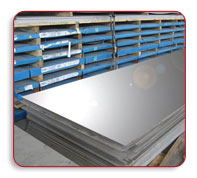 |
409 Stainless Steel Plates :
Type 409 is a ferritic stainless steel that has a good combination of heat resistance and corrosion resistance. Its titanium stabilized low nickel content provides for an economical metal resistant to corrosion and oxidation.
its use in Automotive and truck exhaust systems, catalytic converters, agricultural spreaders, gas turbine exhaust silencers, and heat exchangers. |
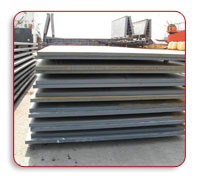 |
410 Stainless Steel Plates:
Grade 410 is the basic martensitic stainless steel; like most non-stainless steels it can be hardened by a "quench-and-temper" heat treatment. It contains a minimum of 11.5 per cent chromium, just sufficient to give corrosion resistance properties. It achieves maximum corrosion resistance when it has been hardened and tempered and then polished.
It achieves maximum corrosion resistance when it has been hardened and tempered and then polished. |
 |
410S Stainless Steel Plates :
410S stainless steel is a low carbon modification of Type 410 stainless steel. Low carbon and optionally a small addition of titanium and/ or columbium minimize austenite formation at high temperatures, thereby restricting the alloy's ability to harden. The material remains soft and ductile even when the material is rapidly cooled from above the critical temperature. |
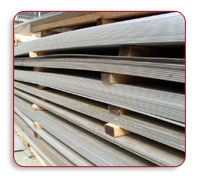 |
430 Stainless Steel Plates :
Grade 430 is a low carbon ferritic, straight chromium, non-hardenable grade, combining good corrosion resistance and formability characteristics with useful mechanical properties |
 |







